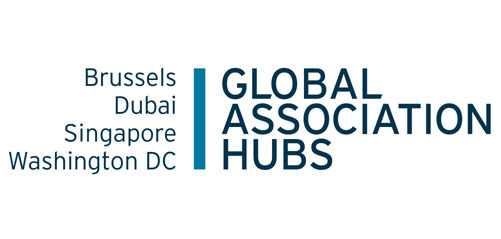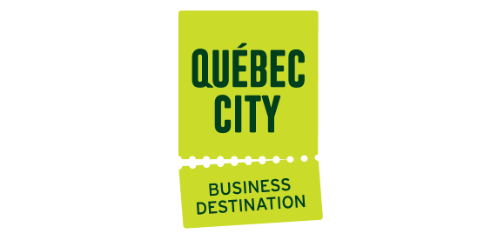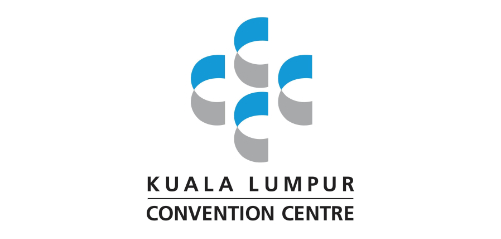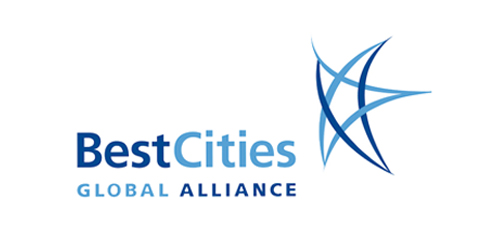Geneviève Leclerc, Co-Founder & CEO of MEET4IMPACT, reflects on the issues raised in Business Events World #107: The End of the Legacy Road?…
It’s sad to hear that the efforts deployed by European Society for Radiotherapy and Oncology (ESTRO) – a pioneer in elevating the act of purposefully allocating a meeting to a destination based on the assessment of value creation and impact in that destination rather than hygienic factors – have not been as successful as first thought in replicating a prior success (in Madrid) and scaling the approach. It was admitted that the ESTRO21 case would be very hard to replicate (and we were setting ourselves up to fail by brandishing it as the poster child of legacy as everyone else could not be as successful, as quickly, for a number of reasons). In a way, it created for the industry a chimera of what legacy could and should look like, and we collectively are to blame for thinking that the very unique and serendipitous set of circumstances could be replicated and scaled easily (and in that respect, I echo Kit Lykketoft’s [Director of Convention, Wonderful Copenhagen] sentiment “No one said it would be easy“.)
But it did give us hope that it was doable, and it set the bar for what other associations could be striving for – it allowed quite a few of us on both sides of the fence to dream about what was typically a very transactional relationship between destination and association could look like in a not-so-distant future. But this does bring me to the most important question – why do these efforts fail? The premise behind it is sound, I am entirely certain of it, and I think a lot of us, destinations, associations and consultants alike would agree. We whole heatedly believe that the critical reason associations should continue to hold meetings is nothing less than to create meaningful change – in other words, in 2023, why do you meet face to face if not to help solve global problems and make the world a better place?
So I’d rather focus on the question: what are the barriers to making this mainstream, how do we identify and overcome these barriers, how do we scale and replicate successful initiatives – the ones that do manage to get it done, such as EASL | The Home of Hepatology, World Parkinson Coalition, ISPCAN, and many more that we have heard referenced in this space?
In our experience, many associations are actually very interested in pursuing legacy and social impact initiatives. We’ve seen on our side a huge take up in associations wanting to understand how to do it, what opportunities it would generate for them, how they could leverage this for partnership building and elevating their efficiency on mission delivery and impact on society. But while I disagree that “legacy is at the end of the road”, I do support the suggestion that it has to be done differently, and Matty Rubenstein is pointing us in the right direction:
- The conversation has to happen at the highest possible strategic level – and meeting managers are in most cases not the right interlocutors. This gets complicated for destinations, because they often have very little access to the right people to have it with.
- Any discussions around meeting legacy MUST be about the amplification of the association’s mission through tangible local action and value creation.
- It will work optimally when the mission of the association and their key objectives align with clear intentions from the local hosts to leverage the meeting to create change in their city / country, it fits with local / national authorities’ priorities and policies, and it addresses (and aims to improve or bridge) a local gap linked to the association’s mission / range of action.
- This conversation should occur at the early stage of planning a meeting, when the “machine” is not yet in full operational mode and there is still space for more strategic considerations (we’ve actually found this a key determinant of whether or not an initiative will get off the ground or fail).
- The vision for the project around creating a tangible legacy should be carried by the local hosts, but there is a strong need for them to gather an ecosystem (create an “impact committee”) that is not directly involved in the meeting operations to carry it and run it.
- It needs to be resourced internally… and externally supported in most cases, at least the first time. The single biggest factor of failure we have identified where associations have backed away from the suggestion of taking on a legacy project or have not seen the desired results is the lack of dedicated resourcing internally. But there’s a transition period where additional resourcing / budget dedicated for this will need to be justified possibly by a first year “proof of concept”, and the associations still will need support from their partners: destinations, PCOs, consultants, as well as obviously their local partners. The resourcing bit is vastly underestimated (to Sarah Fleming’s point in her [LEGACY: The Destination / Association Disconnect] video) by all partners and is a key issue (and a bit prickly).
It’s a bit shocking to realise that many associations don’t truly understand how “they help change the world”, i.e. don’t really think in terms of impact. Engaging those associations in a legacy trajectory when there’s a lack of clarity on their own purpose is futile – a few times when attempting to lead a session on impact intentions for a meeting, I’ve come out of it thinking: this was the wrong workshop – what we needed was a vision and purpose workshop first. I now ask a lot more questions first. Indeed, not all associations are ready for it, far from it.






















